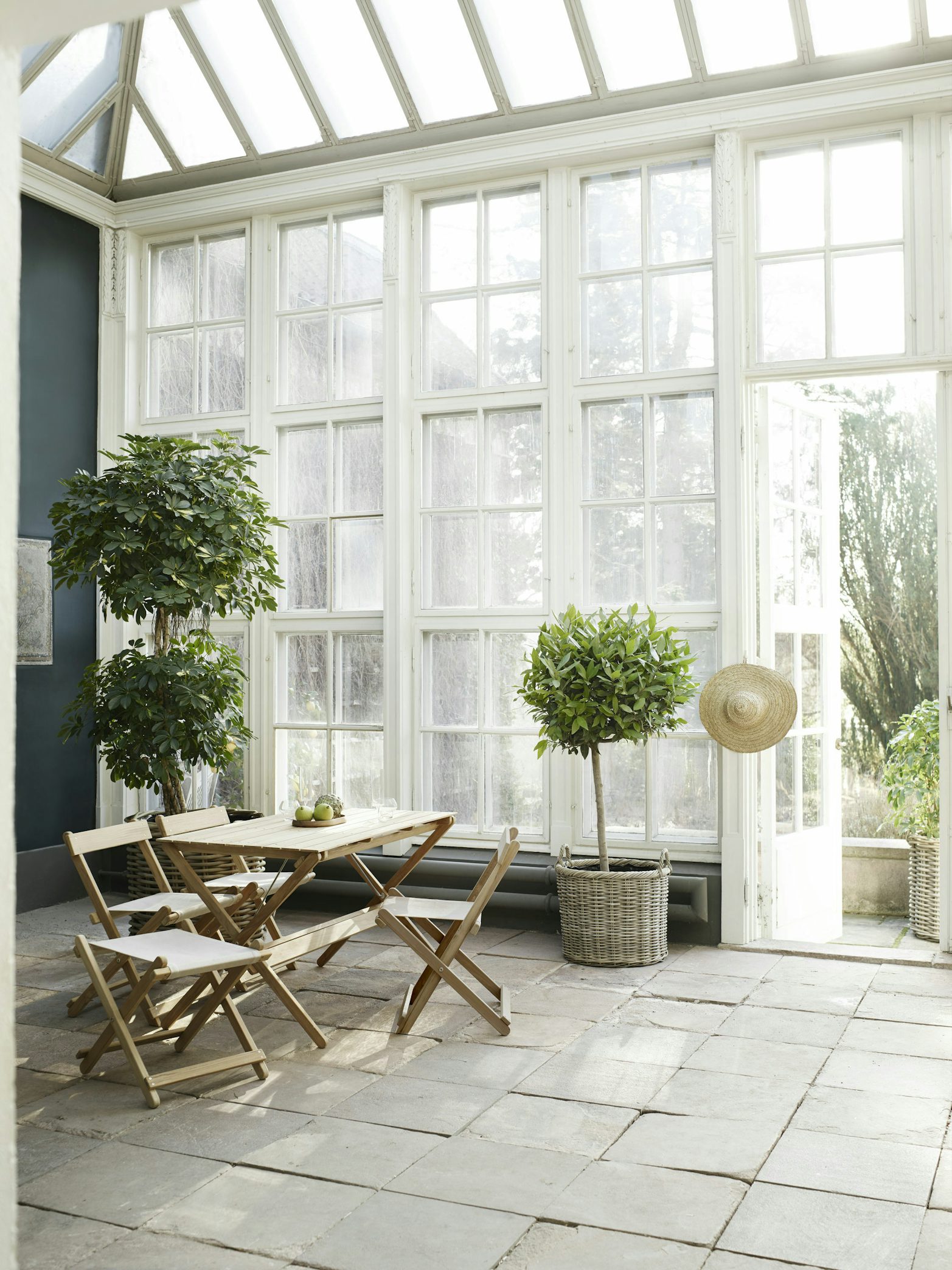Product Gallery
Video
Charles Rennie Mackintosh
SCOTLAND (1868-1928)
Charles Rennie Mackintosh was an accomplished painter, designer, and architect of what would become known as the Glasgow School. He was born in Glasgow in 1868 and graduated from the prestigious Glasgow School of Art, which he designed and built with his future wife, Margaret MacDonald, her sister, Frances MacDonald, and Herbert MacNair. Together they were known as "The Four" and developed The Glasgow Style that was similar in intent to the Arts and Crafts movement - believing in the "total design," that is, the creation of every aspect of an interior, including furniture, metalwork, and stained glass.
His work was informed by the understatement and subtleties of Japanese design and the flora from his rural childhood. He created elegant designs that opened the door from the Victorian to the Modern era. Mackintosh believed that architecture was the sum of its various artistic parts, which can be seen in the "Windyhill" house at Kilmacolm (1900), the "Hill House" at Helensburgh (1902-3), the arrangement of the Derngate house, Northampton (1916-20), and the decorative work in Miss Cranston's Tea Rooms in Glasgow. Among the furnishings of his decorative interiors, the chair, "Willow 1," is an object of special attention in the "Cassina I Maestri" collection – representing the focal point for coordinated spatial action. Within it, the controlling force of the composition is always resolved, sometimes articulated in fluent and delicate forms, at other times in severely geometric shapes. Mackintosh died in London in December of 1928, leaving behind a legacy of an artist who challenged design conventions with his vision.
More in Furniture
View All
by Børge Mogensen
for Carl Hansen & Søn
BM4570 Outdoor Dining Chair

by Ferdinand Kramer
for e15
Calvert Coffee Table

by Hans J. Wegner
for PP Møbler
PP225 Flag Halyard Chair
More in Charles Rennie Mackintosh
View All
by Charles Rennie Mackintosh
for Cassina
Hill House 1

by Charles Rennie Mackintosh
for Cassina


